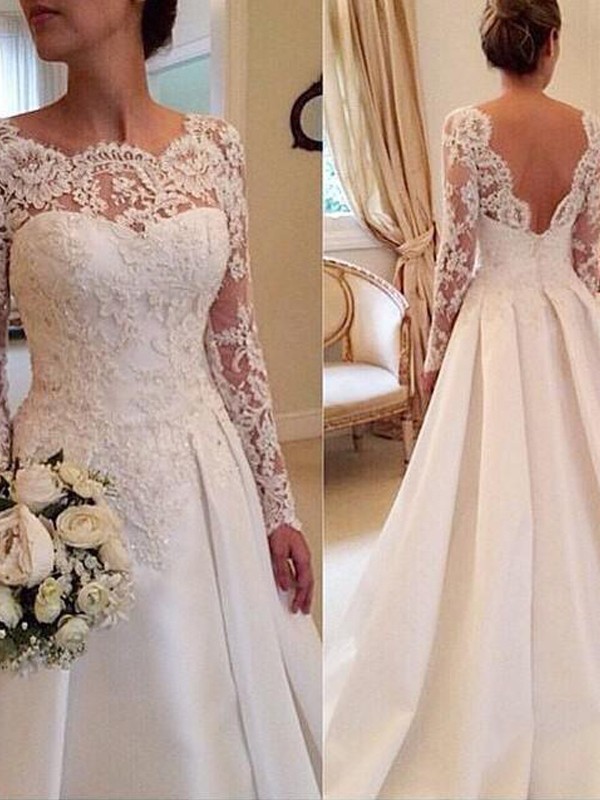Being a bridesmaid is an exciting honor, but it often comes with the challenge of achieving the perfect fit for your dress. Bridesmaid dress alterations are an essential step to ensure you look and feel your best on the big day. Whether the gown is too long, too tight, or doesn’t fit quite right in some areas, professional tailoring can transform it into a flawless ensemble. Below, we explore the most common bridesmaid dress alteration requests and how to handle them effectively.
1. Hemming the Length
One of the most frequent alteration requests for bridesmaid dresses is adjusting the length. Since dresses are often designed to accommodate a range of heights, the standard length can be too long for many bridesmaids, especially if the gown is floor-length or tea-length.
How to Handle It:
Bring Your Shoes: Always bring the shoes you’ll be wearing on the wedding day to your fitting. The hem should barely skim the floor to ensure ease of movement.
Consider the Fabric: Hemming delicate materials like chiffon or lace requires precision. A skilled tailor will use techniques like a rolled hem or blind stitch to maintain the dress’s aesthetic.
Special Cuts: For asymmetrical or high-low hemlines, ensure the tailor preserves the design’s unique structure.
2. Taking in the Waist
It’s rare for off-the-rack bridesmaid dresses to fit perfectly around the waist. Altering the waistline is a common request to achieve a tailored, figure-flattering fit.
How to Handle It:
Start Small: Tailors recommend taking in small increments during the first fitting to avoid over-altering.
Balance the Fit: Adjusting the waist may also require slight alterations to the bust or hips for a consistent fit.
Leave Room to Breathe: Ensure there’s a little wiggle room, especially if the dress will be worn for hours during the ceremony and reception.
3. Resizing or Shortening Straps
Ill-fitting straps can cause discomfort and lead to awkward slipping or digging into the shoulders. Resizing straps is a straightforward yet impactful alteration.
How to Handle It:
Test the Fit: During the fitting, move your arms around to check for comfort and stability.
Account for Style: If the straps are decorative, such as lace or beaded, a skilled tailor will ensure the design remains intact during alterations.
Convertible Straps: For dresses with adjustable or detachable straps, confirm the tailor maintains the original functionality.
4. Adjusting the Bust
Another common alteration involves the bust area, which may be too tight or too loose depending on the individual’s measurements.
How to Handle It:
Bring the Right Undergarments: Wear the bra or shapewear you plan to use for the event, as this can affect the fit.
Check for Gapping: A tailor can add darts or take in seams to eliminate gapping around the bust.
Add Support: For dresses with built-in cups, consider replacing or repositioning them for better support and comfort.
5. Adding or Removing Features
Sometimes bridesmaids request additional changes, such as adding sleeves, altering necklines, or creating modesty panels for personal or cultural reasons.
How to Handle It:
Communicate Clearly: Share specific details about the desired changes with your tailor, preferably with visual references.
Match Materials: Ensure any added fabric matches the original material to maintain a cohesive look.
Test Functionality: For added elements like sleeves, check for ease of movement and comfort during the fitting.
6. Taking Out or Letting Out the Dress
If the dress feels too snug, letting it out by adjusting the seams is often possible. Similarly, taking out a dress can ensure it accommodates changes in body size or shape.
How to Handle It:
Know the Limits: The extent of adjustments depends on the seam allowance available.
Consider Replacements: If no extra fabric exists, adding panels or inserts can expand the dress without compromising its style.
7. Addressing Multi-Fit Groups
When coordinating alterations for a bridal party, consistency in fit and style can be challenging.
How to Handle It:
Schedule Group Fittings: Arrange a group appointment for all bridesmaids to align the fit and design.
Work with One Tailor: Using a single tailor ensures consistency across all dresses.
Final Tips for a Perfect Fit
Plan Ahead: Bridesmaids dress alteration can take weeks, so schedule fittings as soon as possible after receiving your dress.
Budget for Adjustments: Alterations are an additional cost, so factor this into your dress budget.
Trust the Professionals: Working with an experienced Bridesmaids dress alteration London ensures your dress looks stunning and fits like a glove.
By addressing these common alteration needs with care and attention, you’ll walk down the aisle feeling confident and picture-perfect. Bridesmaid dresses may not come off-the-rack perfectly, but with expert tailoring, they can be transformed into garments that fit beautifully.
